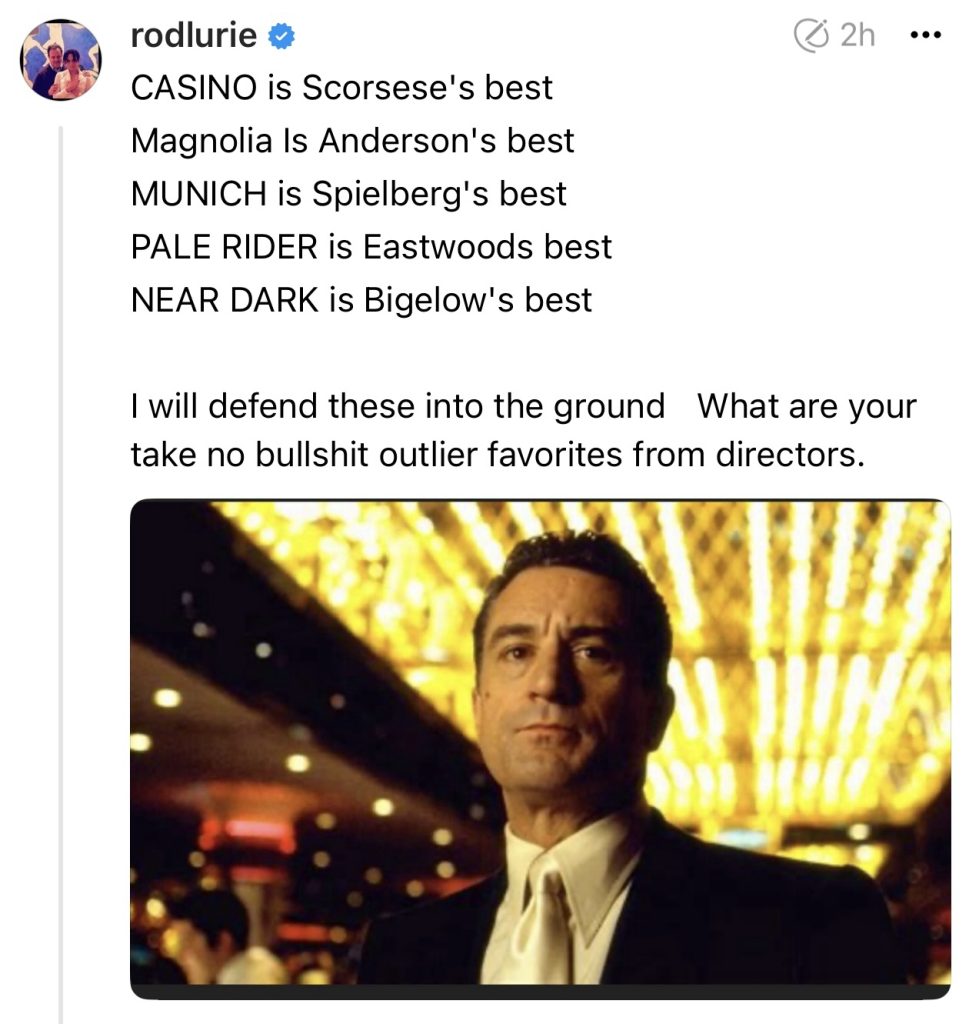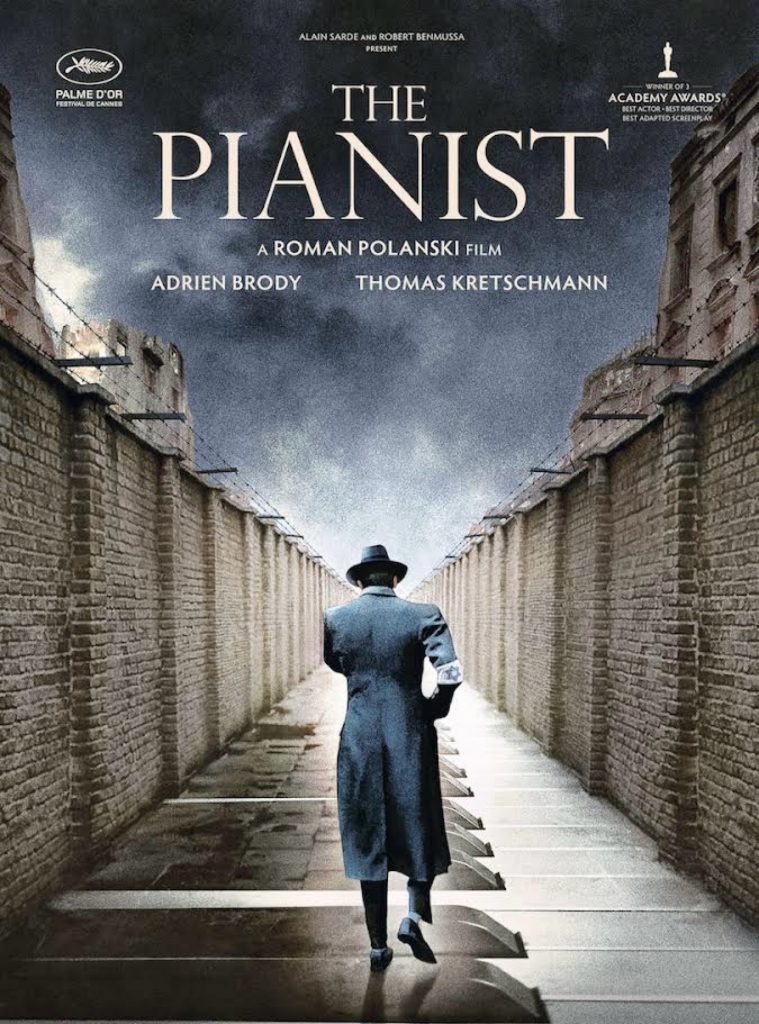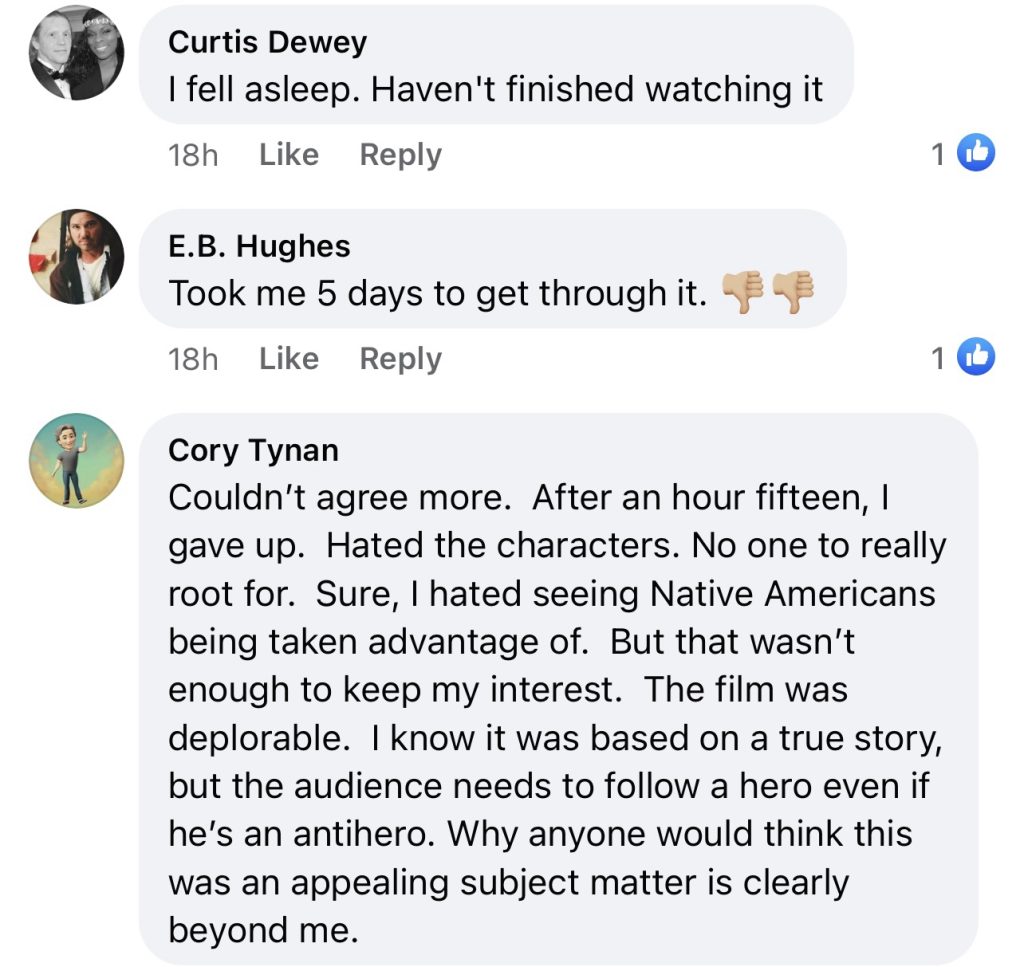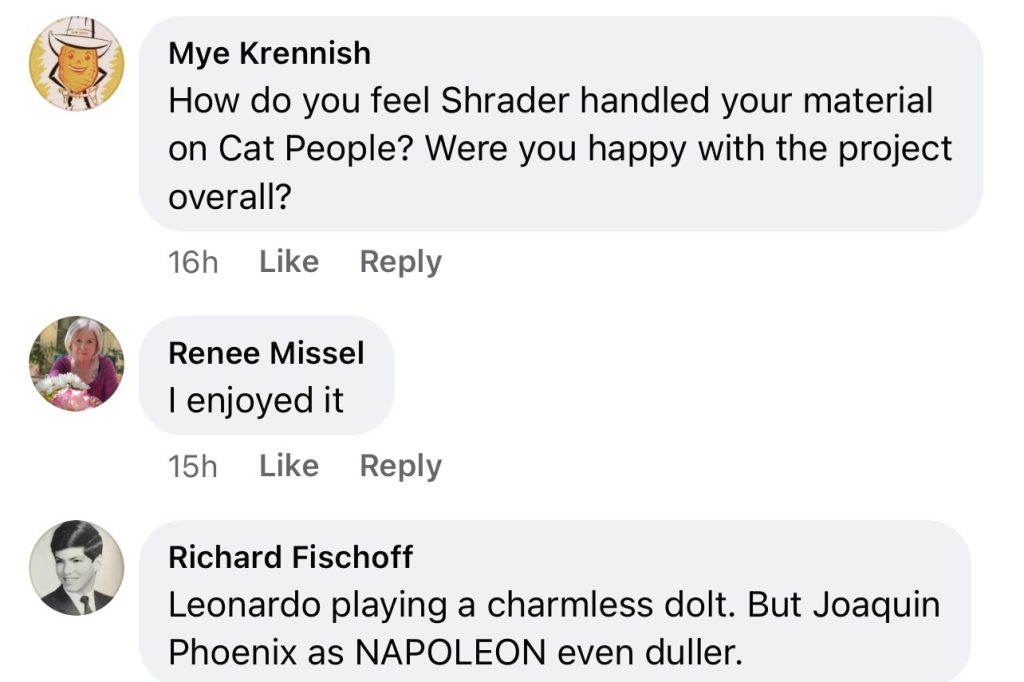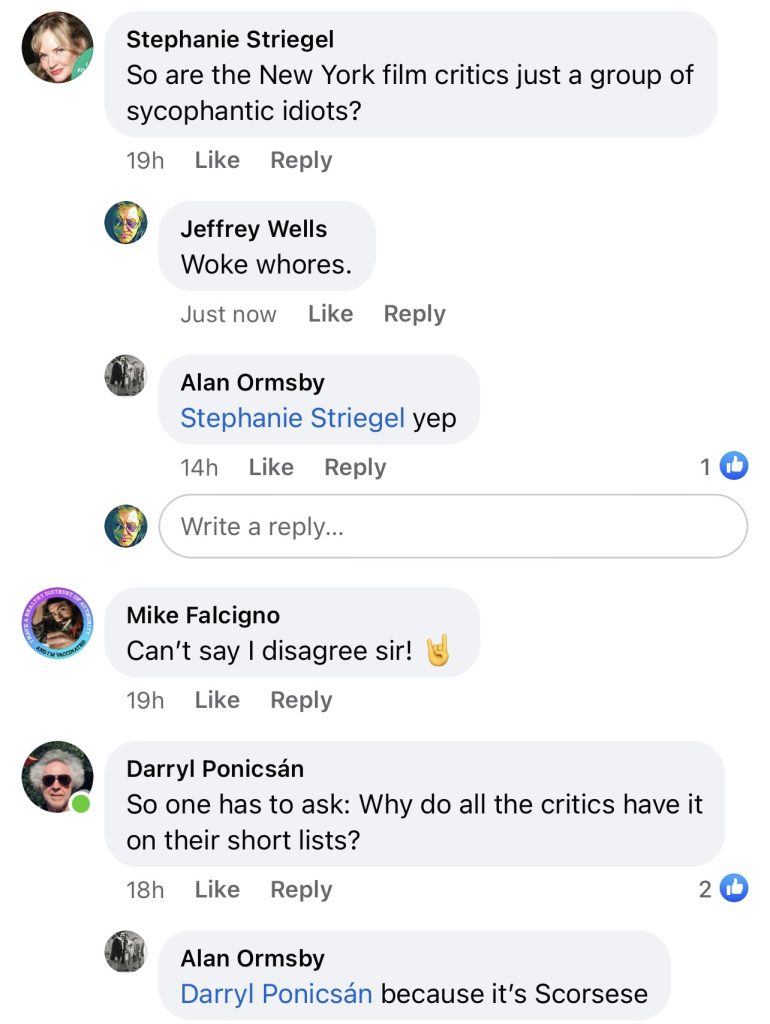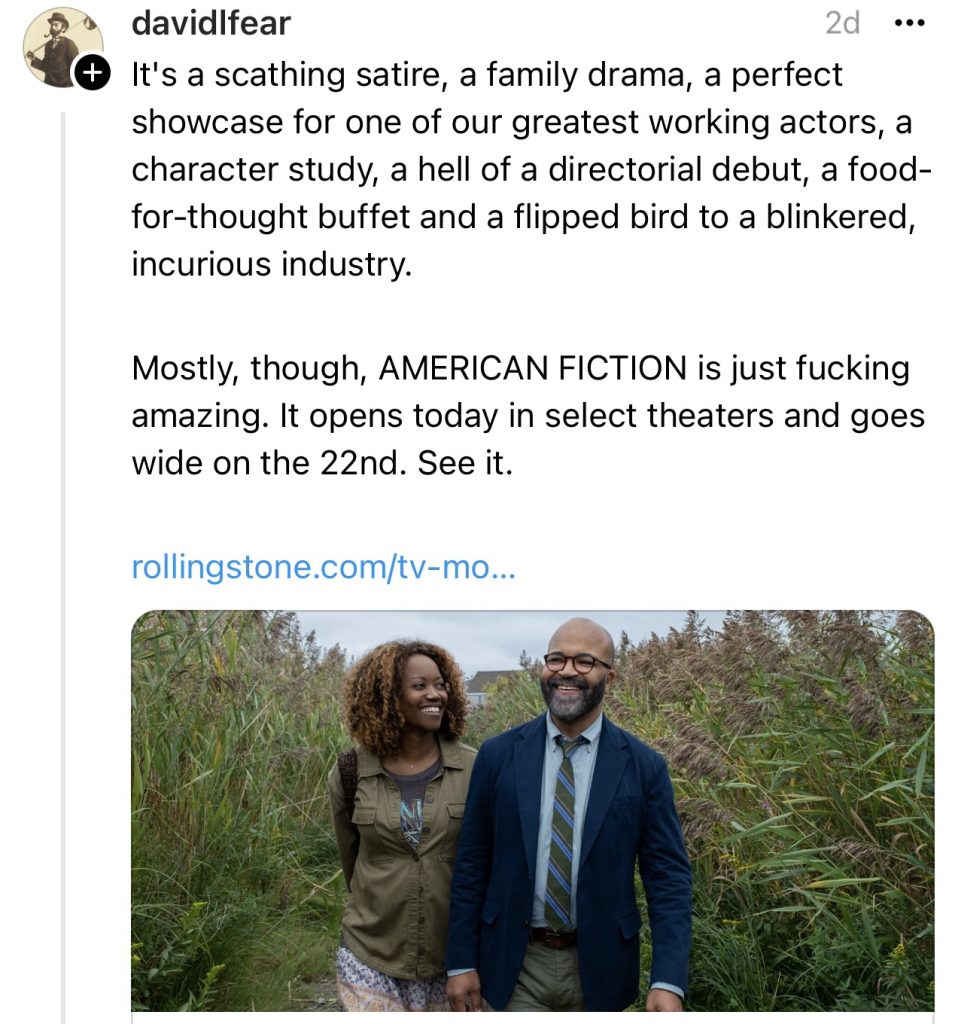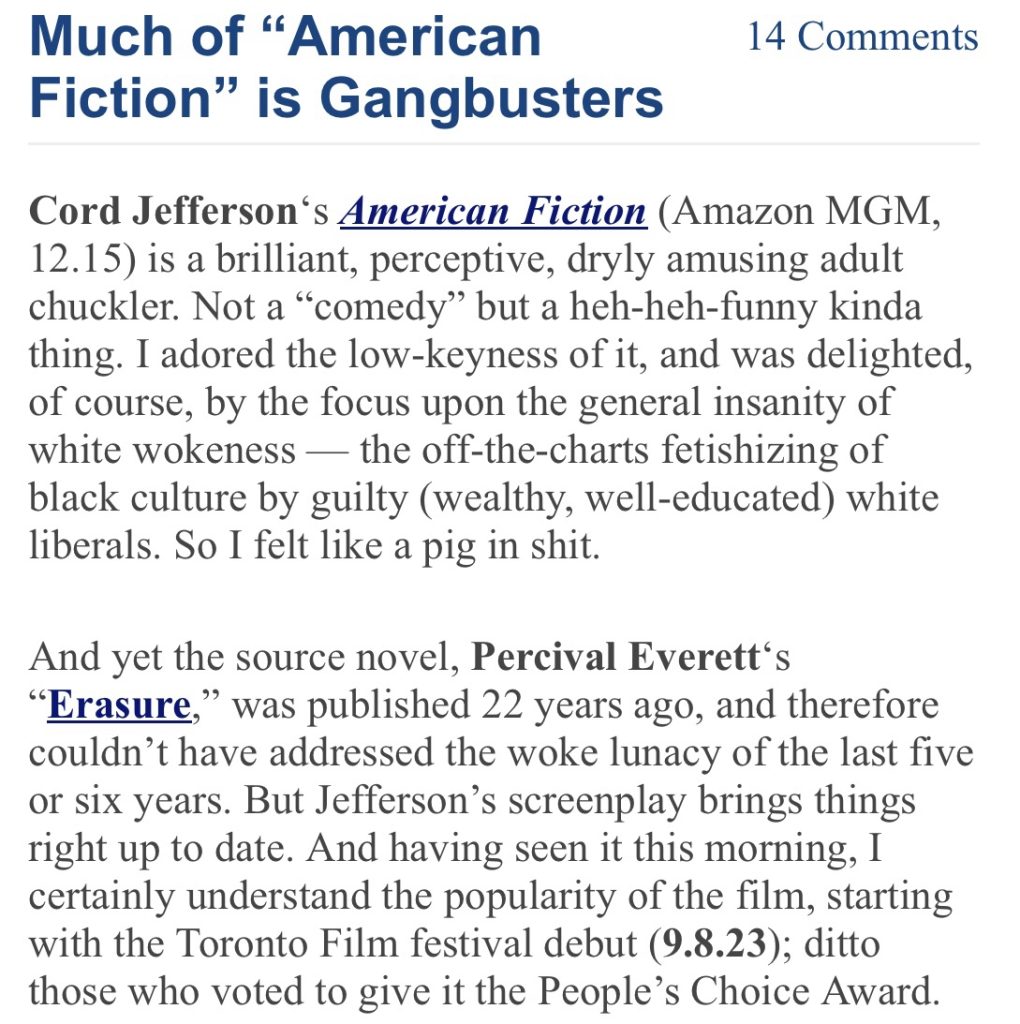
Oscar Poker had been moribund for two weekends, sidelined by tech issues and whatnot. Obviously time to record again, and so Jeff and Sasha went to town on a rainy Sunday afternoon. And here it is.
Points hit:
How the Oscars lost their brand.
All hail Adam Carolla’s spot-on analysis about sports vs. award season and politics.
Leave the World Behind – a Netflix movie exec produced by the Obamas, and whether or not that’s creatively upfront of agenda-driven.
Having freedom of mind as opposed to being “in the bubble.”
Complimenting Jeff for not being an Oscar whore.
Jeff’s ongoing annoyances with Lily Gladstone and Barry Keoghan.
The Best Picture standouts, according to Jeff — Poor Things, Maestro, The Holdovers
The Boys in the Boat is an “old-fashioned” but very well-made and deeply likable film.
How Barbenheimer signified the return of “traditionalism”.
The 4K Titanic Bluray is great.
Was Joan Baez molested by her dad? What is she trying to say?
Therapy is ruining everything.
How erasing boundaries led to helicotper parenting in the 90s, which led to “safetyism.”
Why is Todd Haynes’ May December so popular with woke-bubble critics?
Again, the link.

